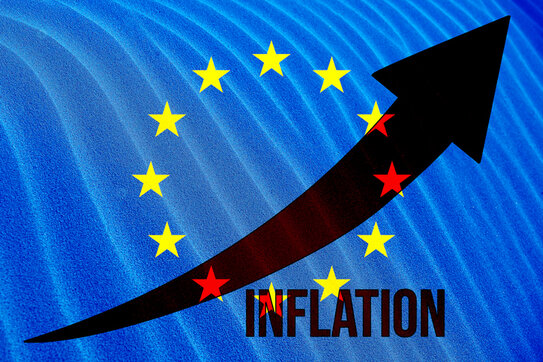The euro currency popped higher against the US dollar after eurozone inflation came in weaker than expected and fell by nearly a full percentage point on the year.
The consumer price inflation rate in the Euro Area fell to 6.1 percent in May 2023, down from 7.0 percent in the previous month and below market expectations of 6.3 percent, a preliminary estimate showed.
The rate hit its lowest level since February 2022, though it remained significantly higher than the European Central Bank’s target of 2.0 percent. The decrease in inflation was primarily driven by a 1.7 percent decline in energy prices, following a 2.4 percent increase in April.
Additionally, there was a slowdown in cost pressures for food, alcohol, and tobacco (12.5 percent vs 13.5 percent), non-energy industrial goods (5.8 percent vs 6.2 percent), and services (5.0 percent vs 5.2 percent).
Furthermore, the core inflation rate, which excludes energy, food, alcohol, and tobacco, also eased more than anticipated, reaching 5.3 percent.
European Central Bank member Kazaks commented on the latest eurozone consumer price inflation figures and said, “It is hard to say where interest rates will peak.”
This morning we also got unemployment figures from the eurozone with the seasonally adjusted unemployment rate in the Euro Area edging down to 6.5%.
It was the lowest rate on record and coming in line with market expectations. The latest figure represented a drop from last year’s rate of 6.7% and pointed to a tight labour market.
The number of unemployed declined by 33 thousand from a month earlier to 11.088 million, the lowest level since comparable records began in 1995. The youth unemployment rate, measuring jobseekers under 25 years old, edged down to 13.9% in April from 14% in March.
Amongst the largest Euro Area economies, the lowest jobless rate was recorded in Germany (2.9%), while the highest rates were registered in Spain (12.7%), Italy (7.8%) and France (7%).




